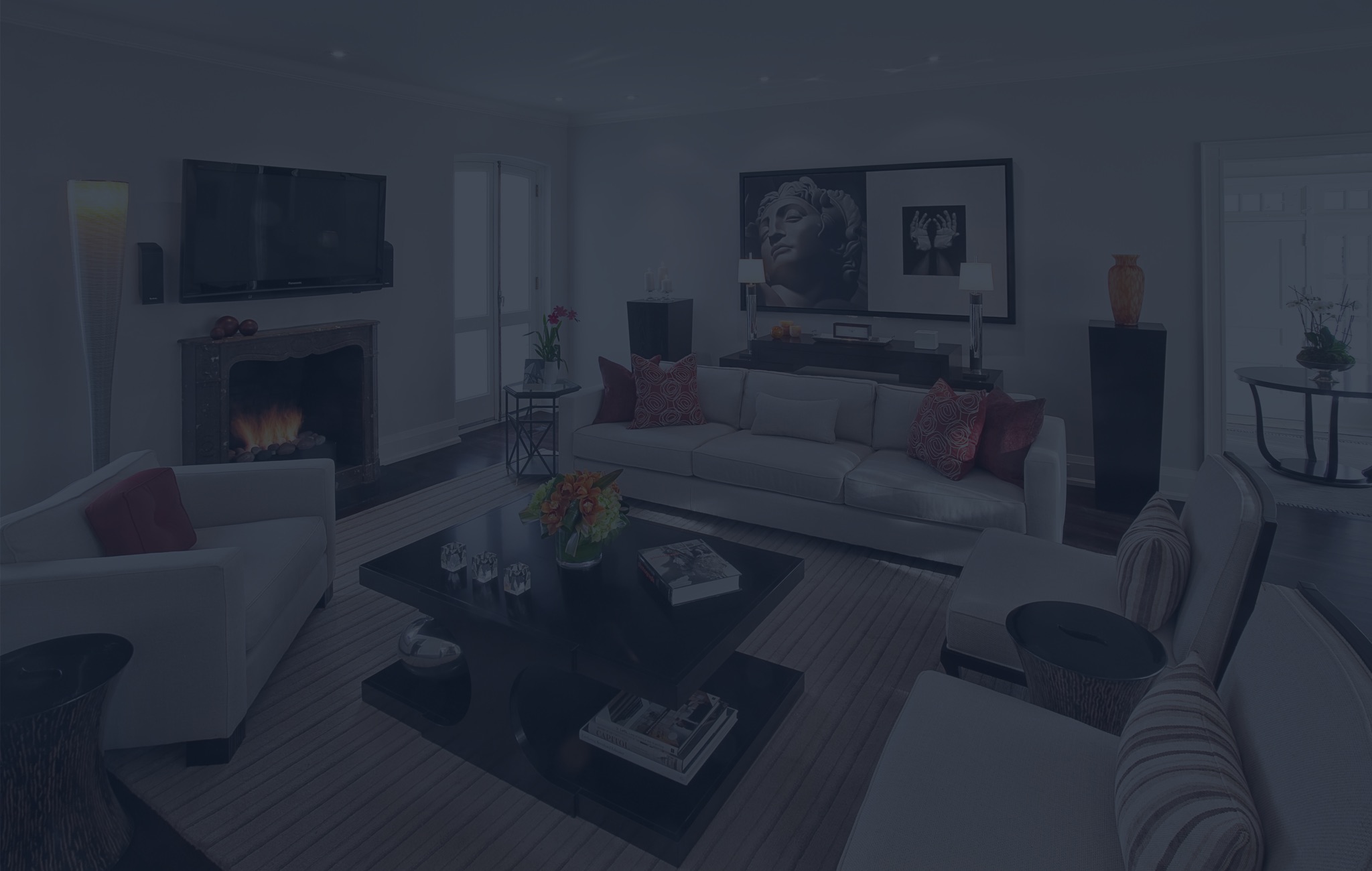Real estate prices in Toronto are fickle and month-to-month prices for homes can go from double-digit declines to positive growths in a matter of 30 days. So, in a market such as this, how should you price your home? What factors affect the price? And what are the different pricing strategies that can help you sell your home quickly and for top dollar?
Pricing factors
You should learn what determines the price of a home before learning how to price it. There are a plethora of factors, ranging from bathroom renovations to nearby schools, that affect price, and some factors are valued more than others. When asked what features of a home affect its price the most, Richard Silver, Senior Vice President of Sales at Sotheby’s Canada, says,
Location is tops and then any updates and renovations of course. Then there’s also comparable sales.
The location is affected by other factors such as the nearby schools, the proximity to employment and amenities, and the overall community. Standardized tests like the EQAO or Ontario elementary/secondary school rankings such as the one by Fraser Institute is how many homebuyers assess local schools. Depending on a school’s test scores and rankings, it can either improve or reduce the value of the homes in the area.
Proximity to employment and amenities, such as public transit and highways, is another factor affecting a home’s location. No one likes long commutes, so either living close to or living in an area that provides easy access to where people work can make a location worth that much more.
A second important factor to price is renovations and maintenance. Though it may be obvious, newly renovated homes sell for more money—however, some buyers prefer a fixer-upper that they can renovate themselves. Bathroom and kitchen renovations are known to get the most bang-for-your-buck when it comes to increasing home value.
Lastly, the square footage of the home, the size of the lot, the number of rooms, and the existence of a garage are a few, but not the only, other price factors. The value of all these items ultimately depends on market demand in the area.
How to find your price
Comparisons to homes in the area and evaluations done by a real estate agent or a home appraiser are the most common way to start working on the price. Of the three methods, looking for similar houses or comparables/comps is the most simple for the average seller to do. It involves finding houses in the neighbourhood that have a similar square footage and a similar recency in terms of renovations. Ideally, you want your comp to be on the market, but recently sold listings work too. Walking into an open house in your area can provide a better idea of the comp’s similarity to your property and whether you want to list it for more or less than the comp. Your real estate agent can also provide you with a comparative market analysis that shows all the homes recently sold in your area within a certain price range.
If you don’t want to find a price yourself, having a real estate agent or an appraiser can help. To assess your property’s price, real estate agents also use comps as well as leverage their colleagues. Having a team of real estate agents with years of experience with the homes in the area can provide a more accurate price. An agent also has more experience evaluating prices through comps than the average seller, so their estimations tend to be more accurate. A step up from a realtor estimate is hiring an appraiser who provides a more detailed look at your home’s features. An appraiser usually costs $300-$400, but this cost can be worth it when you’re selling a $1 million property and the difference between a proper estimate and an improper estimate can cost you thousands of dollars.
Overall, Silver’s best tip is,
In today’s market one must look at the asking price on comparable properties and at what the end price was, especially if the sale was over-asking. A lot of sellers price [the home] at the end price and forget that it is the asking price that helped achieve that end price.
If you overprice, you won’t even reach most of the buyers
Pricing strategies
On most occasions, sellers follow one of three strategies: underpricing, overpricing, and pricing at market value.
Underpricing
Underpricing is knowingly listing your home at a value that’s lower than its market value with the intention of getting top dollar through a bidding war. This method is highly popular and sometimes brings great results; however, you can also end up with only a few bids and take a loss on the sale. Many in the real estate industry, from sellers to sales representatives, are highly against this tactic. Intentional underpricing lures individuals who can’t afford the property into thinking that they can. This ultimately leads to disappointment for many home hunters when the sale goes for a significant amount over asking price. The underpricing strategy can get a seller well over 15 bids, but realistically, only 3 of the 15 buyers can actually afford it.
Silver chimes in on his thoughts on underpricing:
If you intentionally underprice and don’t achieve the price you are hoping for, then you are caught between a rock and a hard place. You should always ask, ‘Can I live with the price I am asking?’ If not, you need to amend the price higher.
According to Richard, there really aren’t any situations where you should underprice:
Listing under market by too much is dangerous unless you are prepared to accept that price and majorly underpricing says that you are trying to manipulate the marketplace
Overpricing
There are a variety of strategies that involve listing a house for more than its market value, and it can also be the sign of an overly ambitious seller. There are many risks involved with overpricing, as potential buyers may be afraid to offend the seller by offering less than the listing price. This may lead to no bids which result in a stale listing that has no interest.
If you overprice, you do yourself an injustice as it will take longer to sell and you may get a lower price. You create a situation where there is no sense of urgency to offer and the property hangs on the market. That is not a big issue in a up-moving market but when the tables turn, you are left hanging.
Not to mention, if you overprice your home, you’re losing potential buyers, because they won’t even see your property when browsing.
Pricing at market value
As mentioned prior, you need to do your research and/or hire a real estate agent/appraiser to find a proper market value for your home. This requires looking at the current market, the surrounding areas, and the home’s features and qualities. Selling at market value is the strategy to use in most situations, as it gives potential buyers a realistic expectation for the capital they’ll need for a winning bid and reduces the likelihood of a stale listing.
But you might be thinking, what if I could get more than market value? Why not increase the price?
Richard says:
I always suggest to list close to the market and allow a week of showings before you entertain offers. It is important to know that no stone was left unturned and the price is acceptable.
In the end, it all comes down to doing research before deciding on the price:
The market sets the price. If you underprice or are right on you should sell quickly. If you overprice, you will stay on the market and there is a loss of value in the eyes of a buyer.
AZ00KV



